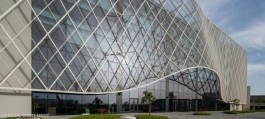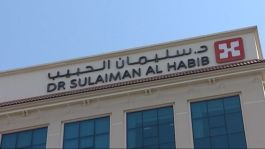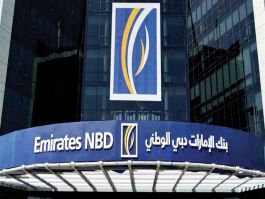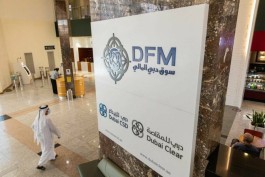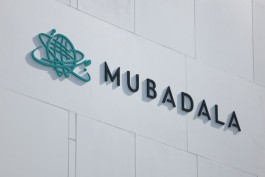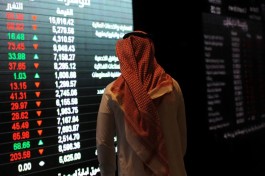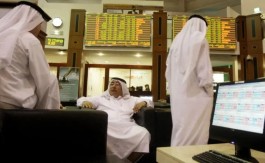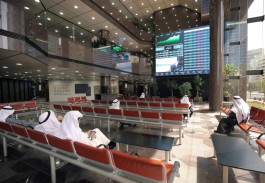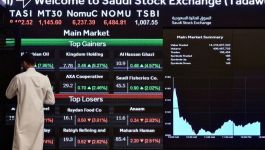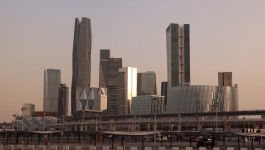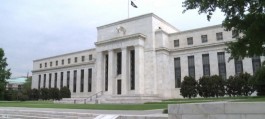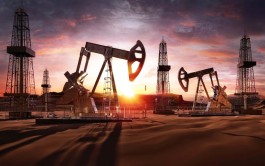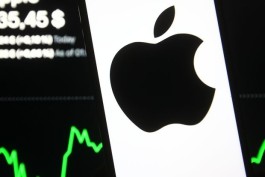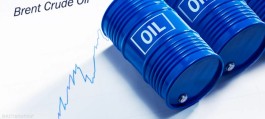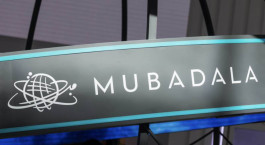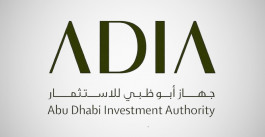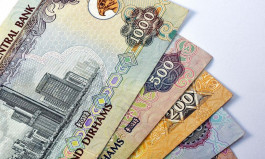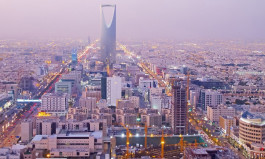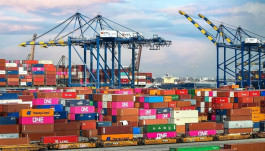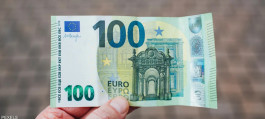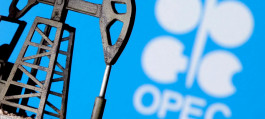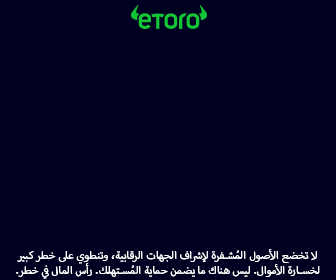Saudi Basic Industries Corporation (SABIC), the largest petrochemical company in Saudi Arabia, returned to profitability during the third quarter of 2025, an indication of an improved operating environment, ending a three-quarter losing streak. However, net profit of 440 million riyals fell short of market expectations of 729.3 million riyals, according to Bloomberg data, as challenges related to shrinking profit margins and weak global prices continued.
On an annual basis, the company's profits fell 56% during the three months ending in September due to shrinking profit margins, a decline in other operating income, and higher zakat and tax expenses. Meanwhile, revenues fell at a much slower pace of 7% year-on-year to SAR 34.33 billion, primarily impacted by lower selling prices and sales volumes, according to a disclosure published on the Saudi Stock Exchange (Tadawul) website.
SABIC has suffered losses for three consecutive quarters through the second quarter of this year, amid a broader sector downturn, and its share price has fallen by nearly 9% since the beginning of the year. The company, majority-owned by oil giant Saudi Aramco, is restructuring its portfolio and reviewing non-core assets.
Pressures in the petrochemical sector
SABIC’s performance comes amid broader pressures on the petrochemical sector as a whole, as experts predict a decline in petrochemical companies’ profits in the third quarter of about 29% as a result of declining global demand, especially from China, with increased supply and feedstock price pressures, according to Abd Rabbo Zeidan, head of research and studies at Argaam Financial Portal, who explained in a previous interview with Al-Sharq last October that the expectations are consistent with the reality of the market, as weak prices negatively affect profit margins.
The decline in demand has impacted the profits of major chemical companies around the world and reduced their profit margins over the past few quarters, forcing some of them to sell assets and close projects.
LyondellBasell Industries NV announced on Friday that it will halt production at sites in Germany and the United States starting in November, partly to reduce costs. Shell Plc also said last week that there is no end in sight to the downturn in the chemicals sector.
German industrial giant BASF SE offered some positive signs, saying that growing demand in China was helping to offset weakness in other regions. The company's earnings before interest, taxes, depreciation, amortization, and special items fell by 4.8%, while Dow Inc. narrowed its losses in the third quarter.
The expert: Excess production capacity is still putting pressure on profit.
Commenting on the results, SABIC CEO Abdulrahman Al-Faqih said: “The third quarter of 2025 saw a moderate improvement in the global economic landscape. However, excess production capacity in the petrochemical industry continued to put pressure on profit margins and reduce operating rates. This quarter also saw the introduction of 91 new products to meet customer needs in various global markets,” according to a company statement.
He added that the company continues to make progress on key strategic growth projects, with mechanical work on the methyl tert-butyl ether (MTBE) project at Petrochem in Saudi Arabia completed and commissioning ahead of schedule. In China, the SABIC Fujian complex has reached 87% completion in engineering, procurement, and construction (EPC) work.
Al-Faqih said that SABIC’s transformation journey witnessed further progress during the third quarter, as the transformation efforts contributed to achieving an actual value of $300 million, bringing us closer to our desired 2030 goal of achieving $3 billion in recurring earnings before interest, taxes, depreciation and amortization.
Al-Faqih: SABIC continues to focus on restructuring some assets
Later, Al-Faqih said at a press conference that despite the efforts of manufacturers in the petrochemical sector and their initiatives to reduce operating expenses in factories, excess production capacity still poses a challenge, while SABIC continues to focus on restructuring some assets.
Al-Faqih added that demand across the downstream sectors stabilized during the third quarter, and this trend is expected to continue in the fourth quarter. However, he noted that any tangible improvement remains contingent on the easing of monetary policies globally, an improved geopolitical environment, and a recovery in the global economy.
SABIC: An optimistic outlook for the future
In the long term, Al-Faqih affirmed his confidence in SABIC’s ability to overcome market fluctuations and enhance the value delivered to its shareholders in the long term.
Regarding future performance, SABIC expressed an optimistic outlook, expecting demand to remain stable during the fourth quarter of 2025 compared to the previous quarter for all downstream industries, namely packaging, construction, agriculture, consumer goods, transportation, industrial solutions, automobiles, electronics, electricals, personal care, and healthcare.
Regarding capital investments, SABIC says it continues to manage them with discipline, and currently expects a spending range of between $3 billion and $3.5 billion for 2025.


